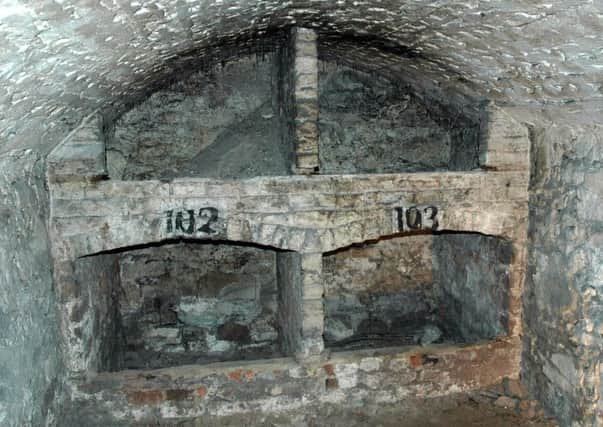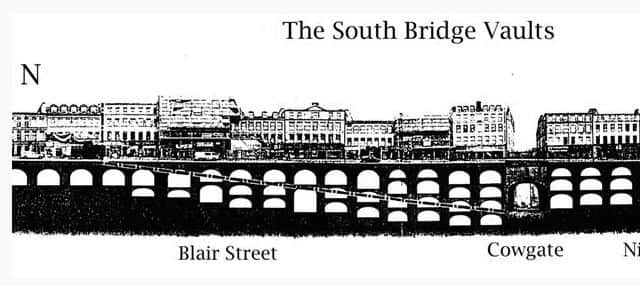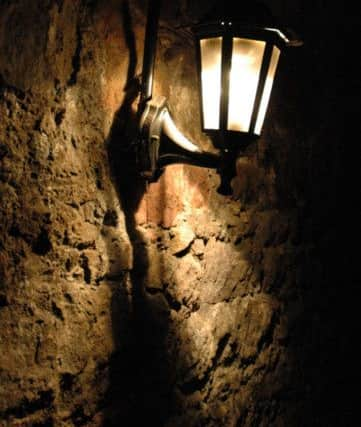Lost Edinburgh: The South Bridge vaults
This article contains affiliate links. We may earn a small commission on items purchased through this article, but that does not affect our editorial judgement.


The Cowgate valley to the south of the Old Town ridge was a barrier to the development of the southern suburbs. In 1785, the South Bridge Act authorised the building of a bridge to span the gap.
The foundation stone was laid on the 1st August 1785 and the contract was given to the mason and architect, Alexander Laing, in February 1786 – plans by Robert Adam were rejected as being too elaborate.
Advertisement
Hide AdAdvertisement
Hide AdDOWNLOAD THE EDINBURGH EVENING NEWS APP ON ITUNES OR GOOGLE PLAY


It was a monumental engineering project – measuring 1000 feet - twice as long as the North Bridge - and 31 feet above the ground at its highest point with foundations that penetrated the bed rock by 22 feet, and involved the clearing of three old closes. Incredibly, it was completed in just over two years and by July 1788 it was open to traffic for the first time.
It was originally intended that the first person to cross the bridge would be a lady who was its oldest resident. Unfortunately she passed away just before the opening day and it was her coffin that was the first thing to officially cross the bridge. This led to a superstition that the bridge was in some way cursed and many people in 18th century Edinburgh refused to use it.
The bridge consists of 19 arches only one of which, the Cowgate arch, is visible. The others are hidden behind the buildings which line the bridge. The vaults at the lowest level of the bridge were originally used to house taverns, cobblers, a distillery and other trades. These businesses soon abandoned the vaults due to the windowless rooms, dampness and lack of sanitation.
Advertisement
Hide AdAdvertisement
Hide AdHowever, despite the appalling conditions there is evidence that they were then used for a time as the very poorest housing. At some point in the 19th century, the vaults were filled in with rubble to discourage their use for nefarious purposes.


The vaults were rediscovered by former Scottish rugby internationalist, Norrie Rowan. Norrie spent a number of tireless years excavating tonnes of rubble by hand from the labyrinth of spaces and has since opened The Caves and The Rowantree bar venues in part of the vaults to the south of the Cowgate. In 1989, Norrie even helped Romanian rugby player, Cristian Raducanu, elude the Romanian secret police by using a trapdoor in the Tron Tavern which led to the vaults and allowed Raducanu to emerge several hundred yards away from the premises.
Another section of the South Bridge vaults off Niddry Street is preserved and open for guided ghost tours; the dimly-lit 18th century cellars and low ceilings creating the perfect spooky environment.
• The above passage is an extract from Edinburgh Pubs (Amberley Publishing) by Jack Gillon, available from Amazon and all major book shops.